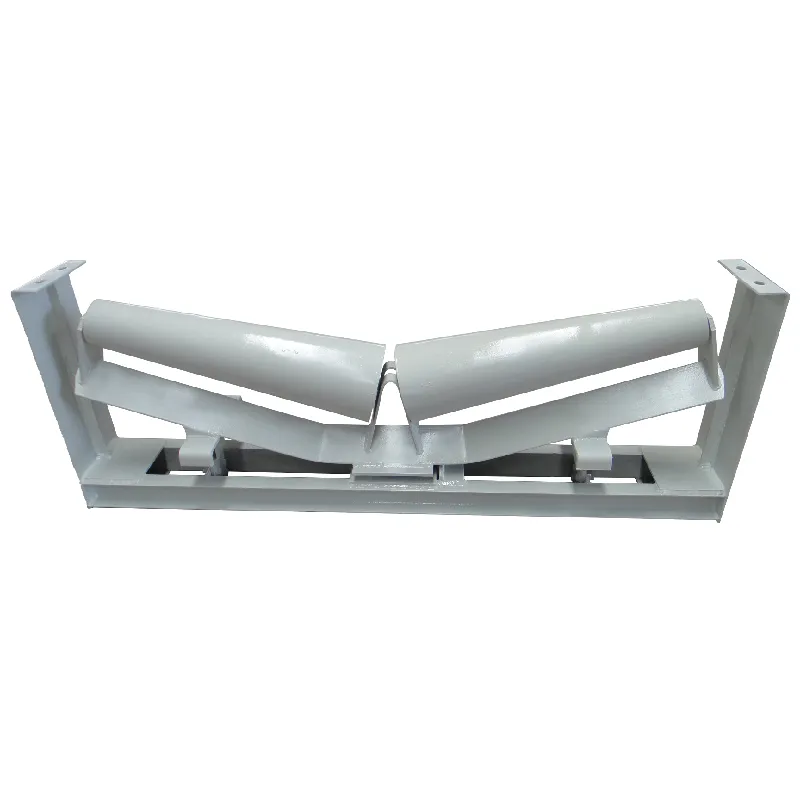 Afrikaans
Afrikaans  Albanian
Albanian  Amharic
Amharic  Arabic
Arabic  Armenian
Armenian  Azerbaijani
Azerbaijani  Basque
Basque  Belarusian
Belarusian  Bengali
Bengali  Bosnian
Bosnian  Bulgarian
Bulgarian  Catalan
Catalan  Cebuano
Cebuano  Corsican
Corsican  Croatian
Croatian  Czech
Czech  Danish
Danish  Dutch
Dutch  English
English  Esperanto
Esperanto  Estonian
Estonian  Finnish
Finnish  French
French  Frisian
Frisian  Galician
Galician  Georgian
Georgian  German
German  Greek
Greek  Gujarati
Gujarati  Haitian Creole
Haitian Creole  hausa
hausa  hawaiian
hawaiian  Hebrew
Hebrew  Hindi
Hindi  Miao
Miao  Hungarian
Hungarian  Icelandic
Icelandic  igbo
igbo  Indonesian
Indonesian  irish
irish  Italian
Italian  Japanese
Japanese  Javanese
Javanese  Kannada
Kannada  kazakh
kazakh  Khmer
Khmer  Rwandese
Rwandese  Korean
Korean  Kurdish
Kurdish  Kyrgyz
Kyrgyz  Lao
Lao  Latin
Latin  Latvian
Latvian  Lithuanian
Lithuanian  Luxembourgish
Luxembourgish  Macedonian
Macedonian  Malgashi
Malgashi  Malay
Malay  Malayalam
Malayalam  Maltese
Maltese  Maori
Maori  Marathi
Marathi  Mongolian
Mongolian  Myanmar
Myanmar  Nepali
Nepali  Norwegian
Norwegian  Norwegian
Norwegian  Occitan
Occitan  Pashto
Pashto  Persian
Persian  Polish
Polish  Portuguese
Portuguese  Punjabi
Punjabi  Romanian
Romanian  Russian
Russian  Samoan
Samoan  Scottish Gaelic
Scottish Gaelic  Serbian
Serbian  Sesotho
Sesotho  Shona
Shona  Sindhi
Sindhi  Sinhala
Sinhala  Slovak
Slovak  Slovenian
Slovenian  Somali
Somali  Spanish
Spanish  Sundanese
Sundanese  Swahili
Swahili  Swedish
Swedish  Tagalog
Tagalog  Tajik
Tajik  Tamil
Tamil  Tatar
Tatar  Telugu
Telugu  Thai
Thai  Turkish
Turkish  Turkmen
Turkmen  Ukrainian
Ukrainian  Urdu
Urdu  Uighur
Uighur  Uzbek
Uzbek  Vietnamese
Vietnamese  Welsh
Welsh  Bantu
Bantu  Yiddish
Yiddish  Yoruba
Yoruba  Zulu
Zulu Different Categories of Conveyor Belt Pulleys and Their Functions Explained
Types of Conveyor Belt Pulleys
Conveyor belt systems are fundamental to various industries, serving as the backbone for material handling processes. One of the most critical components of a conveyor system is the pulley. Pulleys are essential for the operation of conveyor belts, not only providing the necessary tension and support but also facilitating the movement of materials. This article will explore the different types of conveyor belt pulleys, their functions, and their applications.
1. Drive Pulleys
Drive pulleys, also known as head pulleys, are located at the discharge end of the conveyor system. Their primary function is to drive the belt forward, utilizing a motor to create motion. These pulleys are often equipped with a rubberized coating to enhance friction between the pulley and the belt, ensuring efficient power transmission. Drive pulleys can come in various sizes and materials, designed to accommodate the specific requirements of the conveyor system.
2. Idler Pulleys
Idler pulleys are found throughout the length of the conveyor system, mainly serving to support the conveyor belt and maintain its tension. They are vital in reducing sagging of the belt, which can lead to inefficiency and premature wear. Idler pulleys do not provide any drive power—they simply assist in guiding the belt and ensuring smooth operation. There are several types of idler pulleys, including
- Carrying Idlers Designed to support the load on the conveyor belt, carrying idlers help maintain the proper belt alignment and reduce wear
. They are typically installed in a series along the conveyor path.- Return Idlers Positioned on the return side, these pulleys help support the empty belt as it returns to the drive pulley. Like carrying idlers, return idlers come in various configurations, including flat and rubber-coated options.
3. Snub Pulleys
types of conveyor belt pulleys

Snub pulleys are used to increase the angle of wrap around the drive pulley. By enhancing the contact area between the belt and the drive pulley, snub pulleys improve friction, allowing for better traction and reduced belt slippage. This type of pulley is particularly useful in high-torque applications where additional grip is necessary to move heavy loads.
4. Tail Pulleys
Located at the receiving end of the conveyor, tail pulleys support the end of the belt and are important for maintaining tension in the system. Tail pulleys can often be adjustable, allowing operators to modify the tension as needed to optimize performance. They can also be equipped with different roller styles to suit various types of belts.
5. Take-Up Pulleys
Take-up pulleys are critical for maintaining proper belt tension in a conveyor system. As belts stretch or wear over time, the take-up pulley can be adjusted to ensure adequate tension is maintained. This prevents slippage and reduces wear on both the belt and the pulleys themselves. There are two primary types of take-up systems manual and automatic. Automatic take-ups are more sophisticated, using springs or gravity weights to maintain consistent tension.
6. Ceramic Pulleys
For specialized applications, ceramic pulleys are used in environments that involve extreme heat or wear. These pulleys are designed with a ceramic coating that provides enhanced durability and resistance to abrasive materials. Ceramic pulleys are often seen in industries such as mining and metallurgy, where the handling of harsh materials is common.
Conclusion
In conclusion, conveyor belt pulleys are a vital component of any material handling system, directly influencing the efficiency and functionality of conveyor belts. Understanding the different types of pulleys—drive, idler, snub, tail, take-up, and ceramic—can help businesses make informed decisions when it comes to the design and maintenance of their conveyor systems. By choosing the right pulp type for their specific needs, companies can optimize performance, extend the life of their equipment, and ultimately enhance productivity. Whether in manufacturing, mining, or logistics, selecting the right pulleys is key to successful operations in the modern industrial landscape.
-
Trusted Conveyor Solutions from Leading Conveyor Idler Roller ManufacturersNewsJun.27,2025
-
Reliable Return Idler Solutions for Efficient Belt Conveyor SystemsNewsJun.27,2025
-
Precision Conveyor Accessories for Streamlined Material HandlingNewsJun.27,2025
-
High-Quality Belt Conveyor Idler Solutions for Efficient Material HandlingNewsJun.27,2025
-
High-Performance Belt Conveyor Pulleys for Reliable Material HandlingNewsJun.27,2025
-
Enhancing Material Handling EfficiencyNewsJun.27,2025





























